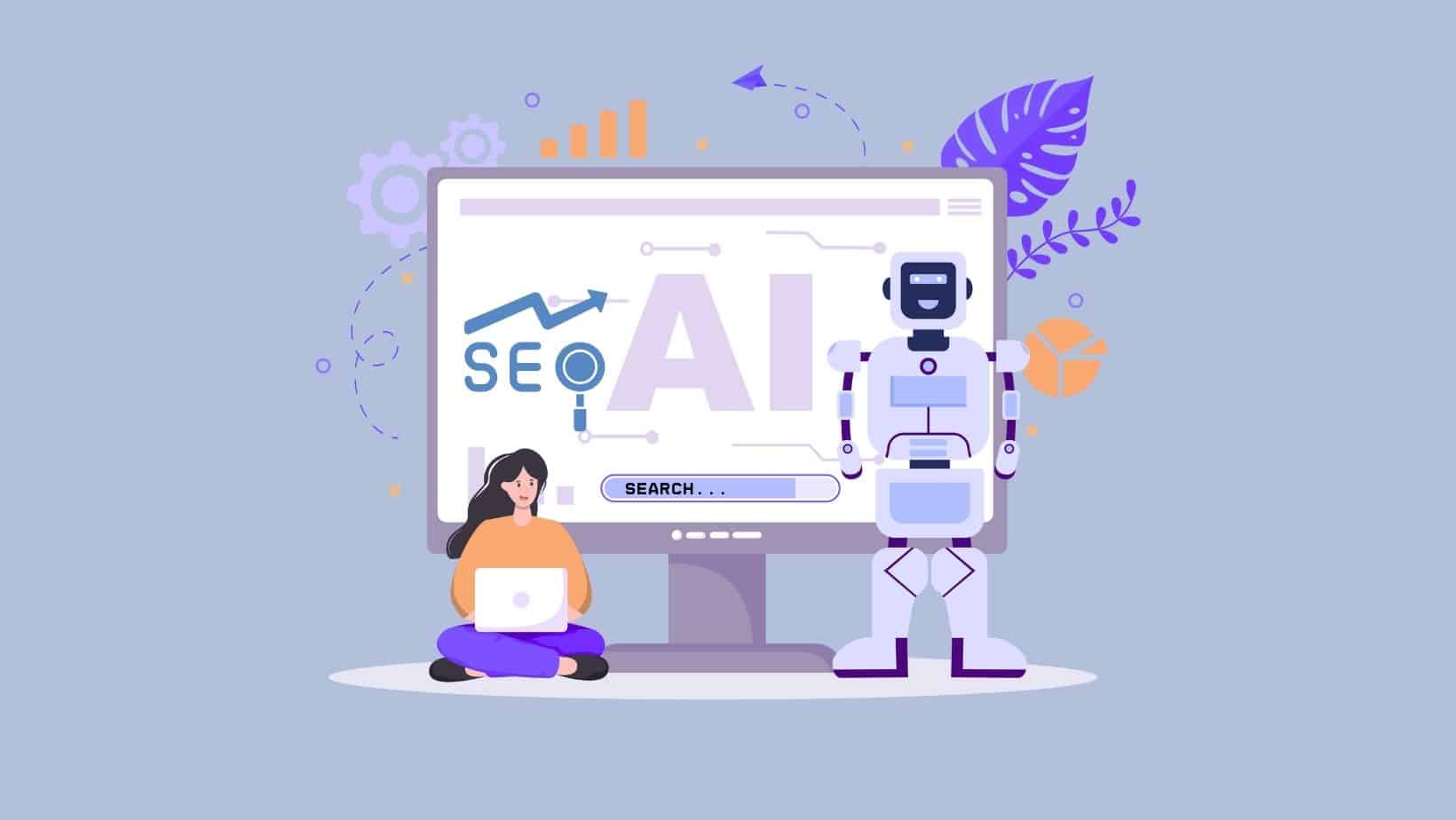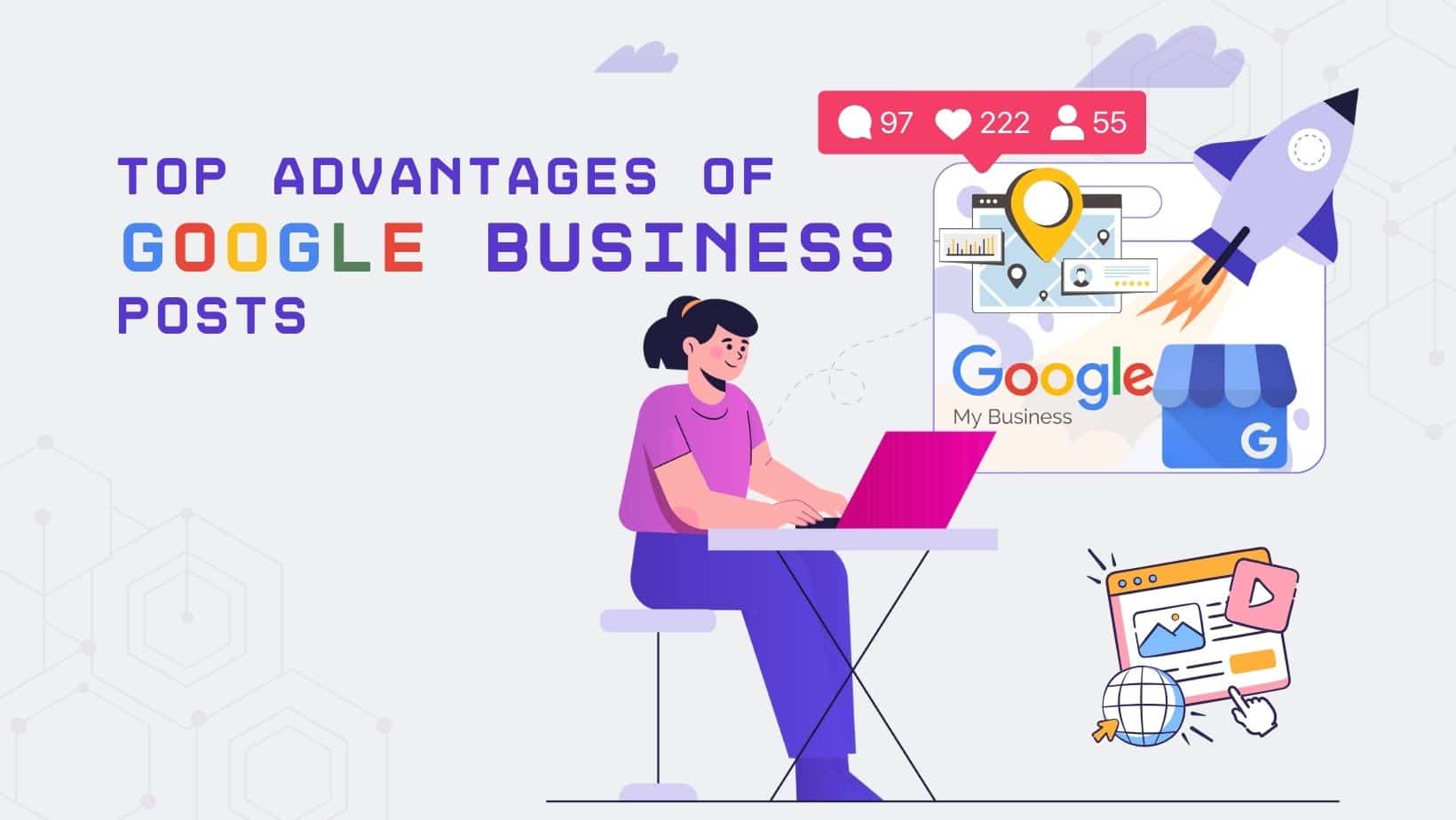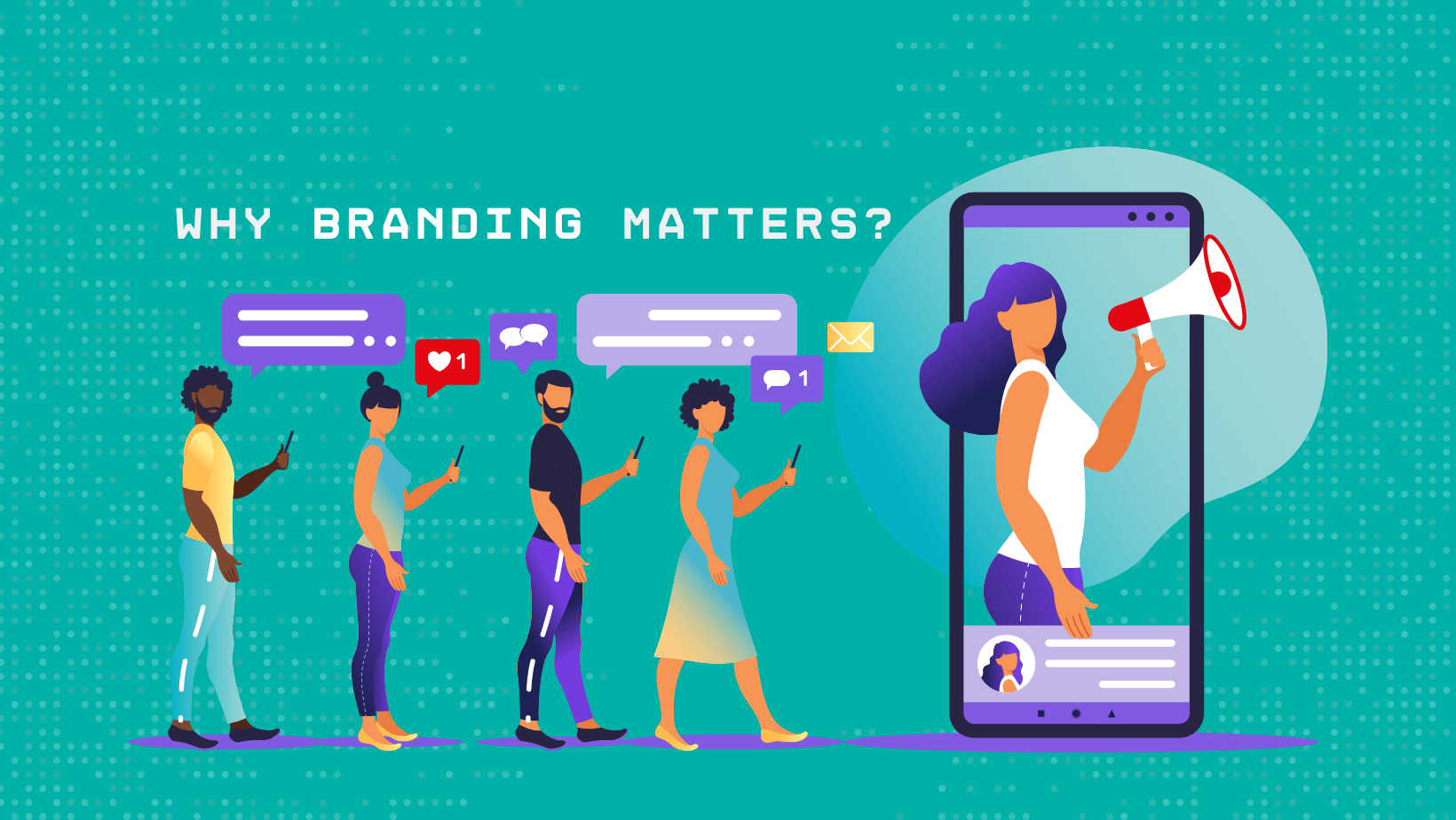Previously, online marketing simply meant having a website. However, as the internet has become more and more integrated into our everyday lives, the definition of online marketing has expanded to include all the various ways that businesses can reach their target audiences through the world wide web.
There are many different categories of online marketing, from web design and graphic design to search engine optimization and affiliate marketing. As a business owner, it’s essential to have a basic understanding of all the different types of online marketing to ensure that you’re not leaving any key opportunities on the table.
Let’s see if you’re making the most of the digital world!
1. Search Engine Optimization (SEO)
One of the most important aspects of online marketing is search engine optimization (SEO). In simple terms, SEO is the process of making your website more visible on search engine results pages (SERPs). The higher your site ranks in the SERPs, the more likely people are to find it – because who wants to scroll through pages and pages of results, right?
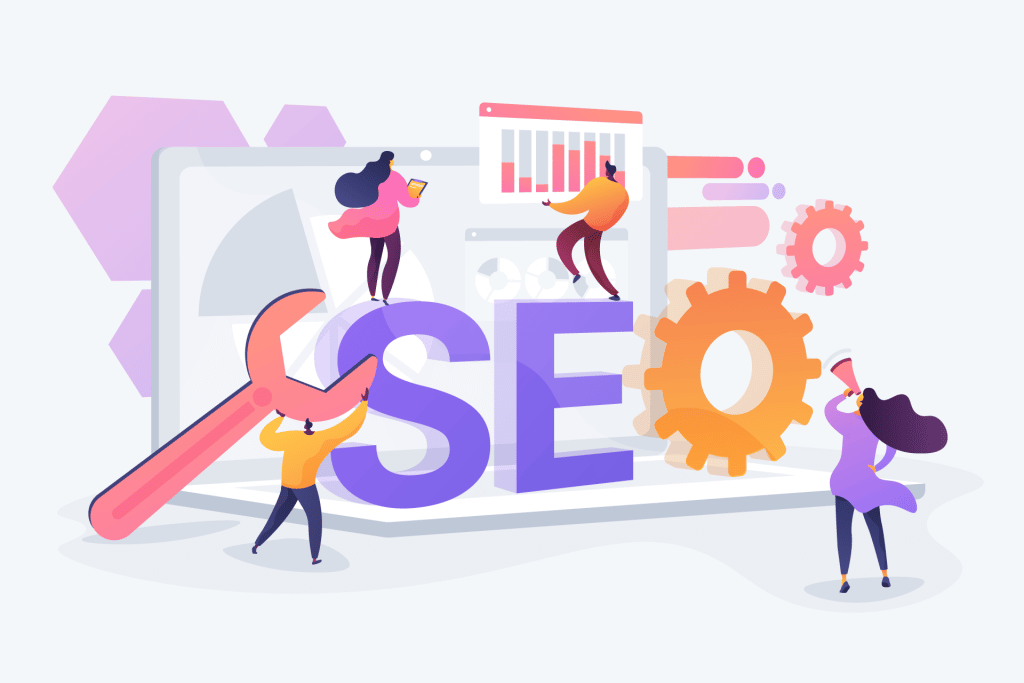
SEO consists of two main components: on-page SEO and off-page SEO. On-page SEO refers to the optimization of your website’s actual content and structure through things like keyword research, title tags, and meta descriptions. Off-page SEO, on the other hand, refers to the optimization of your website’s authority and credibility through efforts such as link-building and social media engagement.
When thinking about your SEO strategy, it’s important to focus on both on-page and off-page optimization to ensure that your website is as visible as possible.
2. Search Engine Marketing (SEM)
Not to be confused with SEO, search engine marketing (SEM) is the process of using paid advertising to improve your website’s visibility in the SERPs. With SEM, businesses can purchase ads that appear in the SERPs when people use specific keywords or phrases.
For instance, if you own an electronics store, you could bid on the keyword “where to buy laptops” so that your ad would appear whenever someone searches for that term. The ads can be in the form of text, images, or even videos – and they appear on the top or side of the SERP, above the organic results.
SEM is a great way to improve your website’s visibility, especially if you’re struggling to rank organically. However, it’s important to note that SEM can be quite expensive, so you’ll need to carefully consider your budget before you start bidding on keywords.
3. Social Media Marketing (SMM)
Yes, another marketing acronym – but social media marketing (SMM) is one you definitely need to know. SMM refers to the process of using social media platforms – such as Facebook, Twitter, TikTok, and Instagram – to promote your business or website.
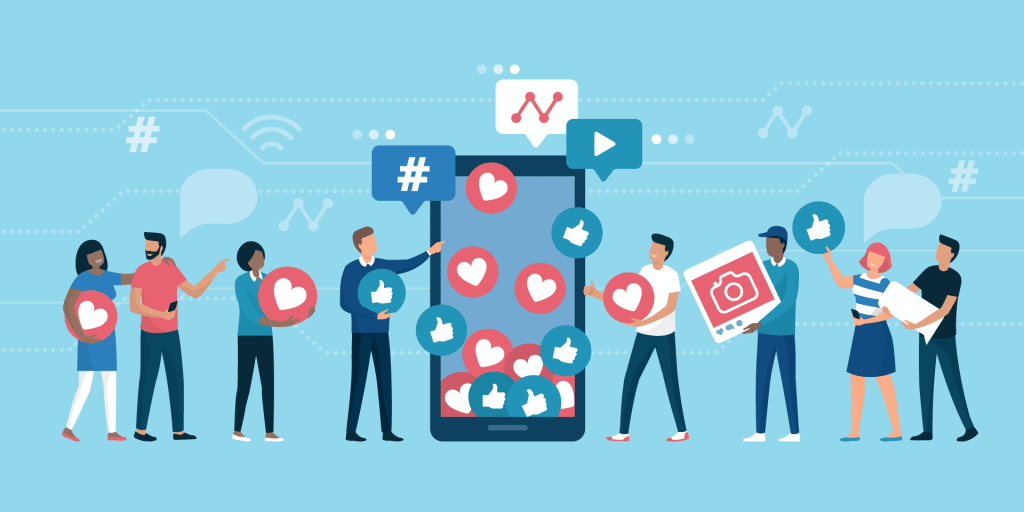
With SMM, businesses can share content, engage with their target audiences, and even run ads – all in an effort to increase brand awareness or drive traffic to their website. Social media platforms are a great way to connect with potential and current customers, so SMM is an essential part of any online marketing strategy.
If you’re not already active on social media, now is the time to start! SMM is a great way to reach a larger audience and connect with people who might be interested in your products or services.
4. Pay-Per-Click (PPC) Advertising
PPC is a type of online advertising that allows businesses to pay for their ads to appear in the SERPs. With PPC, businesses can bid on specific keywords or phrases, and they’ll only pay when someone clicks on their ad.
If you’re wondering about the difference between PPC and SEM, it’s that PPC is part of SEM. Search engine marketing is the umbrella term – so PPC ads are just one way you can improve your visibility in the SERPs. Other SEM strategies include display advertising, shopping ads, video ads, and more.
PPC can be an effective way to improve your website’s visibility in the SERPs, but it’s important to keep your goals and budget in mind. You don’t want to overspend on PPC ads, or you might find yourself quickly blowing through your budget with little to show for it.
5. Affiliate Marketing
Affiliate marketing is a type of performance-based marketing in which businesses reward affiliates for each new customer they bring in. With affiliate marketing, businesses provide links or tracking codes to affiliates, who then promote the business on their website or social media channels.
If someone clicks on the affiliate’s link and makes a purchase, the business will give the affiliate a commission. This is an excellent way for businesses to reach new customers and also a great way for affiliates to earn money.
Affiliate marketing can be an effective way to grow your business, but it’s important to carefully consider your affiliates before you start working with them. You’ll want to make sure that they’re reputable and that they have a large audience that’s interested in your products or services. Popular companies that use affiliate marketing include Amazon and eBay.
6. Content Marketing
Content marketing is a type of inbound marketing that focuses on creating and distributing valuable, relevant, and engaging content to attract and retain customers. With content marketing, businesses can use blog posts, articles, infographics, videos, and more to provide valuable information that helps their target audiences solve their problems.

When done right, content marketing can be a source of valuable leads and customers for your business. It significantly helps with SEO, eventually leading to more traffic, awareness, and conversions.
Creating quality content takes time and effort, but it’s well worth it if you’re serious about growing your business online. Today’s consumers are bombarded with content, so it’s important to make sure that your content stands out from the rest.
7. Email Marketing
In the past, email marketing was essentially a once-every-few-months type of thing. You would create a newsletter, batch all of your emails together, and send them out to your entire list at once.
Nowadays, email marketing is much more sophisticated. Businesses use email marketing automation software to send targeted, personalized emails to their subscribers regularly. Email marketing allows businesses to stay top-of-mind with their customers and build relationships that eventually lead to conversions.
Email marketing can be an effective way to grow your business, but it’s important to make sure that you’re sending quality content that your subscribers will actually want to read. You don’t want to end up in the spam folder! And, of course, don’t just focus the emails on selling – make sure to provide value and build relationships.
Your email list is one of your most valuable assets, so treat it accordingly.
8. Graphic Design
Content is king – that’s still true, but graphics are certainly a close second. People are visual creatures and are much more likely to remember something if a relevant image accompanies it.
That’s why businesses need to focus on creating high-quality graphics for their website, social media channels, email marketing campaigns, and more. Blurry, low-quality, generic images no longer cut it – your graphics need to be sharp, relevant, and engaging.
If you’re not a graphic designer, that’s okay – there are plenty of tools out there that can help you create quality graphics, even if you don’t have any design experience. Canva is a great option for businesses that need to create graphics on a budget. But if you can, it’s worth investing in a professional designer to create high-quality visuals for your business.
9. Web Design
Your website is often the first thing potential customers will see when looking for your products or services online. That’s why it’s so important to make sure that your website is designed and developed with your target audience in mind. Most businesses develop their website once and then never update it, but that’s a mistake.

Your website should be a living, breathing representation of your brand that’s constantly being updated with new content, products, and services. And, of course, it should be mobile-friendly – more and more people are using their smartphones and tablets to search for businesses online.
If your website is outdated or not mobile-friendly, it’s time for a redesign. If your website isn’t up to par, the rest of your online marketing efforts will come down to naught. Think of your website as the foundation of your online marketing efforts – it’s the starting point for everything else.
10. Copywriting
Copywriting is the art of persuading people to take a desired action – in other words, it’s all about persuasion. And in today’s online world, good copywriting is more important than ever.
If you want people to buy your products, sign up for your email list, or take any other desired action, you need to be able to write persuasive copy. That means writing headlines that grab attention, using powerful words and phrases, hitting on emotional triggers that your target audience will respond to, and more.
You’ll need copywriting for your website, landing pages, social media posts, email marketing campaigns, and more. If you’re not a natural writer, outsource this task to someone who is. A professional copywriter will be able to take your business goals and target audience into consideration and craft persuasive, effective copy that will help you achieve your objectives.
11. Public Relations
Public relations (PR) is all about building and maintaining relationships with the media and other influencers. And in the online world, that often means getting media coverage for your business – which can be a great way to build credibility and grow your brand.
Of course, landing media coverage isn’t always easy. You need to have a newsworthy story that will interest the media outlet you’re targeting. You must also have a good relationship with the right people at the outlet.
Other methods of online PR include writing press releases, working with influencers, guest blogging, participating in online newsrooms, and more.
If you’re not sure how to get started with PR, there are plenty of resources and agencies out there that can help you. But it’s also worth taking some time to learn the basics so that you can do it yourself if you need to.
12. Advertising
Next, we come to advertising – one of the most commonly used (and misused) forms of online marketing. Advertising is any form of paid promotion, and there are many different types of ads you can use, including:
- Search Engine Ads: These are the ads that show up at the top of the search results page when you do a search on Google, Bing, or another search engine. They’re typically labeled as “ad” or “sponsored.”
- Display Ads: These are the banner ads that you see on websites and apps. They can be static or animated, and they come in all sorts of shapes and sizes.
- Social Media Ads: As the name suggests, these are ads that run on social media platforms like Facebook, Twitter, and Instagram. They can be very effective, but they must be done right to avoid being intrusive or annoying.
- Native Advertising: This is a type of advertising that blends in with the surrounding content. For example, you might see a sponsored article on a news website that looks like a regular article but is actually an ad.
- Video Ads: Video advertising is becoming more and more popular, and there are many different types of video ads you can use, including in-stream (ads that run before, during, or after a video) and out-stream (ads that run on websites or apps that don’t have video content).
Advertising can be a great way to generate leads and sales, but it’s important to use it sparingly and to make sure that your ads are relevant and targeted to your audience. Otherwise, you run the risk of coming across as spammy and turning people off.
13. Mobile Marketing
Mobile marketing is any type of marketing that is targeted toward users of mobile devices, such as smartphones and tablets. It can include anything from text messaging and in-app ads to mobile-optimized websites and responsive design.

For instance, if you’re running a search engine ad campaign, you might want to create a mobile-specific landing page that’s designed to be easy to use on a small screen. Or, if you’re running a social media ad campaign, you might want to make sure that your ads are optimized for mobile devices.
Alternatively, you may choose another medium altogether, such as SMS marketing or push notifications. The important thing is to make sure that your marketing strategy is designed with mobile users in mind.
Mobile marketing is super important because there are now more people using mobile devices than ever before. In fact, ~60% of all web traffic is now from mobile devices. And that number is only going to grow in the years to come. So if you’re not already thinking about how to reach your audience on their smartphones and tablets, you need to start!
Which Are You Missing?
Hopefully, this list has given you some ideas for how you can improve your online marketing strategy. But keep in mind that you don’t have to do all of these things – you just need to focus on the ones that will work best for your business. It’s not about being everywhere; it’s about being where your audience is.And if you’re not sure where to start, we can help. Our team of online marketing experts can create a custom strategy for you based on your unique needs and goals. So if you’re ready to take your marketing to the next level, contact us today!



